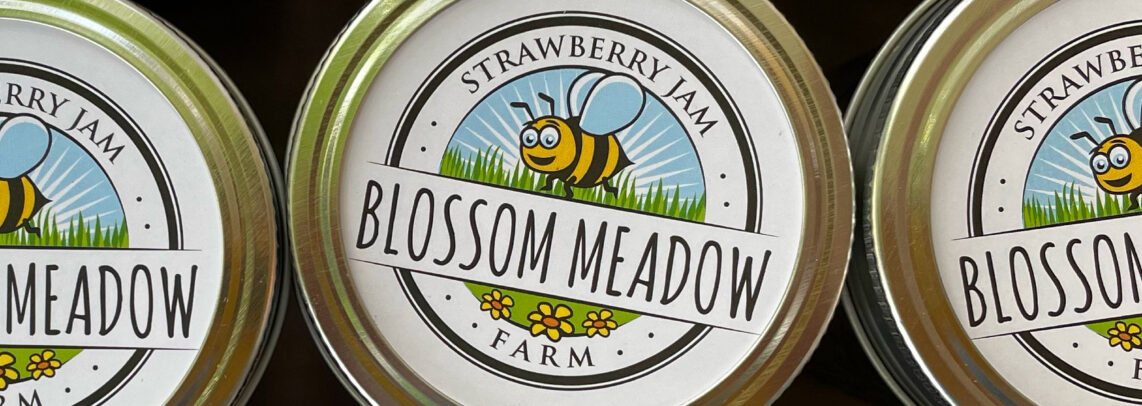While bees are often assumed to be the most important pollinators, the role nocturnal moths play in pollination should not be overlooked even in agricultural settings. Moth numbers have been in long-term decline due in large part to habitat loss and climate change but also because of artificial night lighting (want to make a difference? Switch to amber lights). As one might expect, moths are significantly distracted from pollinating and mating because of their attraction to residential and street lights. Light pollution decreases the number and diversity of nocturnal insects pollinating plants, resulting in fewer fruits for us and wildlife to eat.
Like butterflies, moths don’t actively gather pollen. While they are foraging for nectar, pollen grains stick to the moth’s body and tongue and are spread flower to flower. Moths don’t have jaws so they don’t eat any of the pollen. They only have an elongated straw-like tongue called a proboscis which they uncoil to drink nectar.
Moth-pollinated flowers tend to be white, pale yellow or pale pink. The flowers are typically in clusters, open late afternoon or night, and are ample nectar producers. They usually have a strong, sweet fragrance as night-flying moths depend heavily on a developed sense of smell for feeding and reproduction. Hawkmoths can detect the scent of a flower over a mile and a half away!
Moths are just starting to get the credit they deserve for pollinating food crops. Check your strawberry and raspberry plants at night and I bet there will be some moths helping to ensure your bountiful summer crop. In lowbush blueberry, nocturnal pollination accounted for approximately two-thirds of fruit set, and subsequently one-third of ripe berries produced (Cutler et al 2012). In addition, though lower fruit set was observed overall, ripe berries produced through nocturnal pollination were equal in weight to those produced diurnally, indicating that nocturnal pollinators can efficiently transfer the number of pollen tetrads required to achieve a normal sized fruit (Cutler et al. 2012).
Garden flowers frequented by nocturnal moths include flowering tobacco (Nicotiana spp.), madonna lily (Lilium candidum), night-blooming jasmine (Cestrum nocturnum), moonflower (Ipomoea alba), white spider flower (Cleome hasslerana) and evening primroses (Oenothera spp.). With days of working long hours and some with equally long commutes, gardeners are increasingly enjoying flowers at night by planting aptly-named “moon gardens” with these plants and other white or light-colored flowers and shrubs.
References
Cutler GC, Reeh KW, Sproule JM, Ramanaidu K. 2012. Berry unexpected: Nocturnal pollination of lowbush blueberry. Can. J Plant Sci 92(4): 707-711

